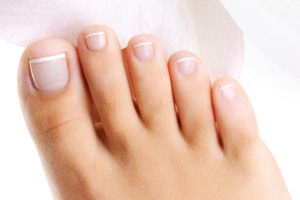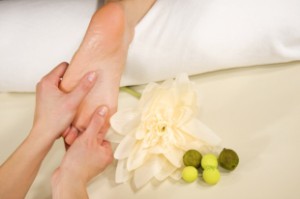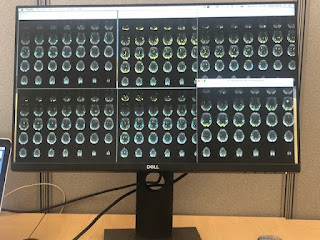We were caught by the headline and heart warming story in 2008: “Premature Baby Survived Because Mother Tickled Her Feet.”Premature infant Emma weighed 1 pound 3 ounces at birth with an under-developed heart. The first time her breathing stopped...
We were caught by the headline and heart warming story in 2008: “Premature Baby Survived Because Mother Tickled Her Feet.”
Premature infant Emma weighed 1 pound 3 ounces at birth with an under-developed heart. The first time her breathing stopped nurses sprang into action, tickling her postage-stamp-sized feet. Her breathing started again. Over 8 weeks her mother sat by Emma’s side tickling her feet dozens of times a day. At 15 weeks Emma overcame the problem. At the time of the newspaper report she was a healthy normal one year old. Her mother credits her being alive to tickling her feet.(http://www.infoniac.com/breaking/premature-baby-survived-by-tickling.html)
Now there’s research reporting about why this would be.
Researchers at UCLA tested the effect of vibrating discs on the feet and hands of premature infants who were having problems of breathing pauses and low oxygen. Their goal: to provide a proprioception vibrating stimulation to prompt a breathing reflex. The vibrating device was turned on for six hours at a time, followed by six hours off, for a total of 24 hours. Vital signs were compared for the on stage versus the off stage. While the device was on low oxygen incidents were reduced by 33% and number of breathing poses were reduced by 40%. Low heart rate episodes were reduced by 65%. Why would this be?
It’s all about the foot’s role in walking, a premise presented by Kunz and Kunz a number of years ago. As Barbara noted over the years, reflexology is weightless jogging.
Noted in one report about the research:
“The technique uses a simple device that tricks babies’ brains into thinking they are running, which prompts them to breathe.”…
“As humans evolved over many thousands of years, our bodies developed a system to help us when we start running and suddenly need more oxygen. Now, using that innate reflex as inspiration, UCLA researchers have developed a noninvasive way to treat potentially harmful breathing problems in babies who were born prematurely. …
““When our feet hit the ground running, we flex muscles and joints that have nerve fibers leading to the brain which signal that the body is running,” he said. “This message is coupled with another set of fibers to parts of the brain that regulate breathing and sends a signal that those parts need to increase breathing. Fortunately, that coupling exists even in extremely young infants.” …
The study:
Kalpashri Kesavan,1,* Paul Frank,2 Daniella M. Cordero,1 Peyman Benharash,3 and Ronald M. Harper “Neuromodulation of Limb Proprioceptive Afferents Decreases Apnea of Prematurity and Accompanying Intermittent Hypoxia and Bradycardia” PLoS One. 2016; 11(6): e0157349. Published online 2016 Jun 15.doi: 10.1371/journal.pone.0157349, PMCID: PMC4909267PMID: 27304988
Also noted: “The nerve fibers project to the cerebellum and are activated with running or walking. These proprioceptor nerves also help stimulate breathing. Though it may seem surprising that nerves in the feet can trigger breathing, it makes evolutionary sense, Dr. Harper explains.”
(Harper RM, Kesavan K. Neuromodulatory Support for Breathing and Cardiovascular Action During Development. Front Pediatr. 2021 Sep 30;9:753215. doi: 10.3389/fped.2021.753215. PMID: 34660498; PMCID: PMC8514987.)
















